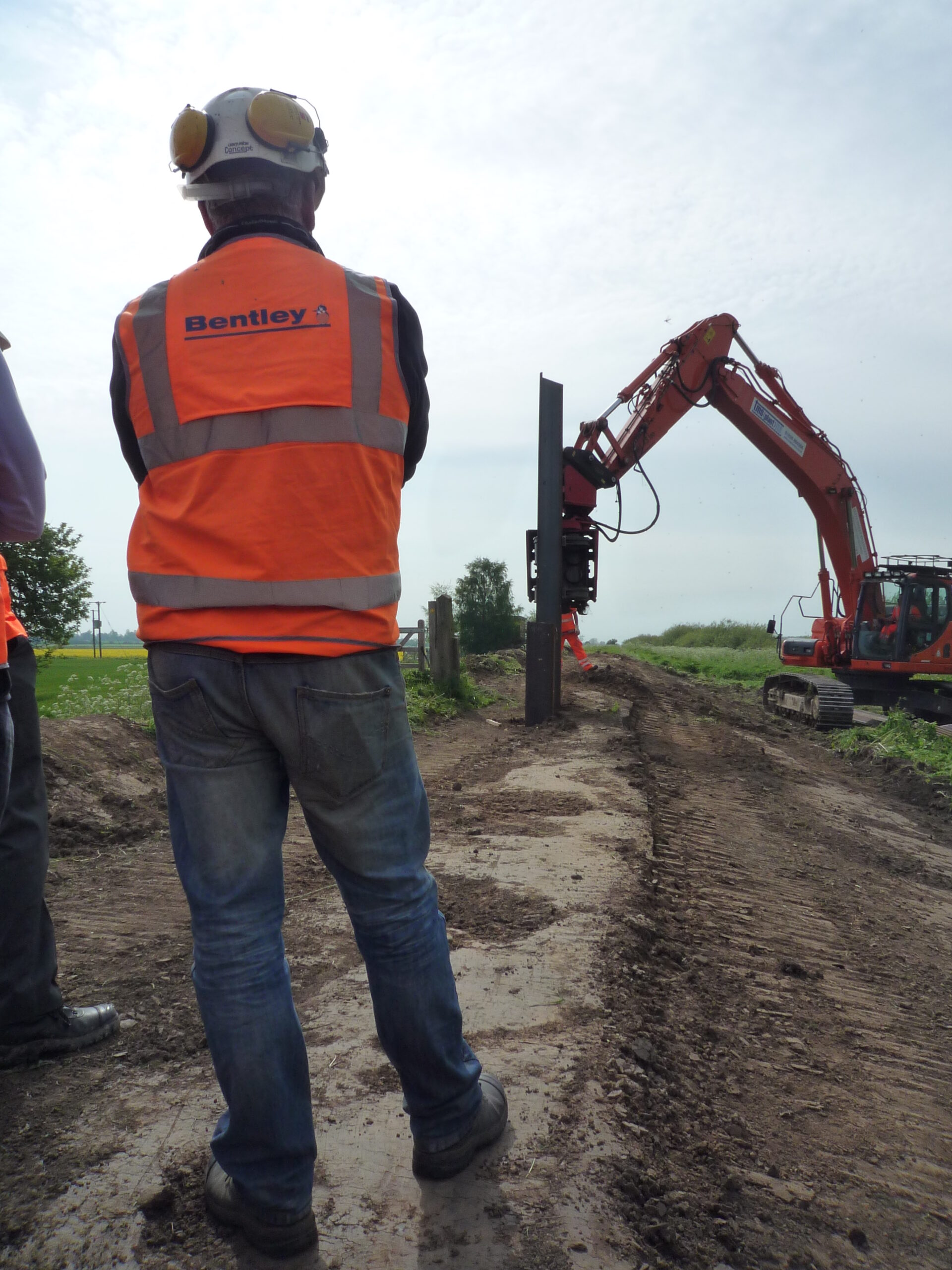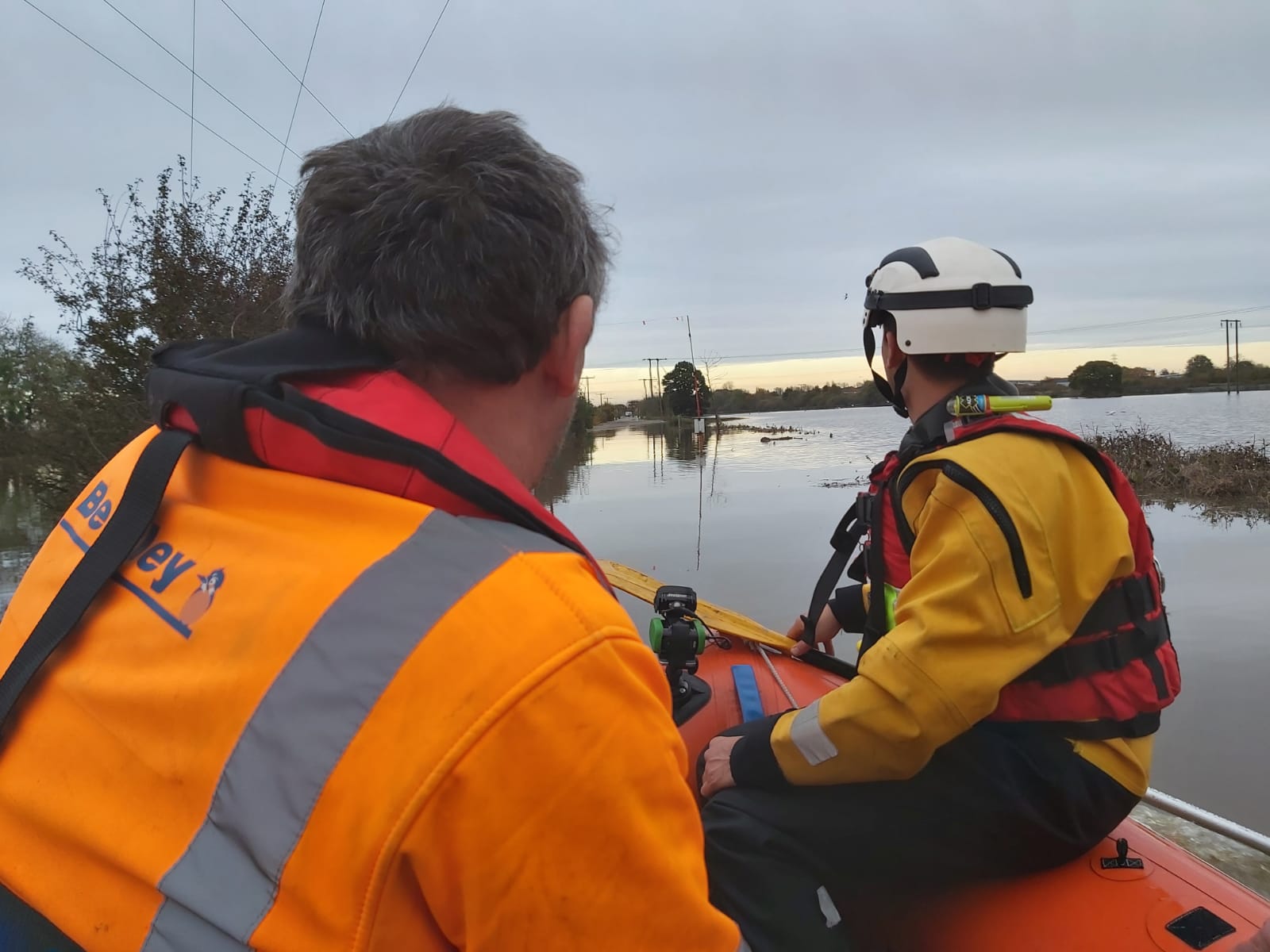The word 'collaboration' is thrown around a lot at the moment, think of it as the new 'carbon' - it's the buzzword everyone is talking about. As clients recognise that they both want and need collaboration, many are wrestling with how best to create an environment that fosters it.
Many associate the act of collaboration with teams and businesses communicating more openly and sharing their knowledge and experiences. However, with a new public procurement act in force aimed at enhancing competition and improving accessibility for new suppliers, there may be a risk that people are less inclined to share their secret sauce than ever before.
When this is combined with continuous pressure on contractor margins driven by recent economic factors and a growing number of voices advocating the need to deliver more for less, the act of collaboration is by no means straightforward.
In truth, collaboration extends beyond merely enhancing communication and sharing resources; true collaboration involves a shared investment in common goals, fostering an environment based on trust and respect, wherein it is impossible for one party to succeed at the expense of another. Recognising this puts us in a stronger position to provide safe, efficient and low-carbon solutions that better support our clients and communities in building resilience to climate change.
Breaking stereotypes to ensure collective responsibility
There is a long-established stereotype in our industry that suggests consultancies may seek to prolong design phases to maximise profits. They might also produce inefficient or risk-averse solutions to safeguard their insurance.
Furthermore, the stereotype suggests that contractors may try to profit from the absence of a direct contractual relationship with the design partner, which could limit their design contributions until they have enough confidence that a project will move forward.
While many will argue that such stereotypes are outdated and that the industry now operates with greater professionalism, when we established JBA Bentley, we intentionally designed the commercial model to discourage these typical behaviours.
At JBA Bentley, our joint venture partners are contractually linked, and we share the outcomes of our collective efforts - whether those outcomes involve profit or loss. This contractual connection is a pivotal aspect of establishing our collaborative team. By tying both companies to the overall commercial performance of the contract, our teams work together to problem-solve effectively and at pace. They prioritise their tasks more efficiently and inherently understand how their decisions impact the overall project costs rather than merely their own.

Our model is founded on well-established design and build principles, including procurement-led design, early supply chain engagement, and adopting an integrated approach to both permanent and temporary works. Importantly, it also relies on a high level of maturity among the delivery partner organisations, along with a shared understanding - and trust - that the financial outcomes will be advantageous for all parties if we consistently act in the best interests of the project.
Ultimately, we all win and lose together. It remains the design consultant's responsibility to produce a cost-effective and buildable design, while the contractor’s role is to execute delivery efficiently. However, it is a collective responsibility to manage the risks and opportunities within any project, requiring everyone to be deliberately and consciously integrated into all phases of the project lifecycle.
A new level of collaboration
I believe we have achieved a high level of collaboration within our joint venture; we have encountered considerable success along the way and established a long-term, trusting relationship that benefits both parties.
While that’s a strong foundation, as I noted earlier, our clients expect—and require—more. They need to attain a new level of collaboration, one that will enable them to deliver increasingly larger programmes of work while maximising value for money, achieving technical outcomes, and facilitating social and environmental benefits.
For this to transpire, we must adopt a broader perspective. We need to shift our collective focus to programme-level performance rather than individual projects. By 'we,' I refer to all involved—not solely the delivery partners, but also our clients. We must all have a stake in the outcome. Only then can we foster a truly collaborative environment, one characterised by common goals, shared commercial incentives, and proper accountability to one another, measurable through Key Performance Indicators (KPIs). These KPIs must be collaboratively created and not favour any one collaborator, and they must genuinely drive performance.

If we can establish an environment where we all win and lose together, we may improve honesty, transparency, and sharing at all levels. If we can collectively manage the risks and opportunities rather than look to allocate them, we might encourage teams to set more efficient and ambitious target costs. Perhaps excess profits and contingency funds could be redirected back into the overall programme, facilitating the delivery of additional schemes and benefits for all. Perhaps then, it might be conceivable that we could begin to achieve what once seemed impossible, and deliver more for less.

To find out more about our joint venture with JBA Bentley, visit the JBA Bentley website here.



